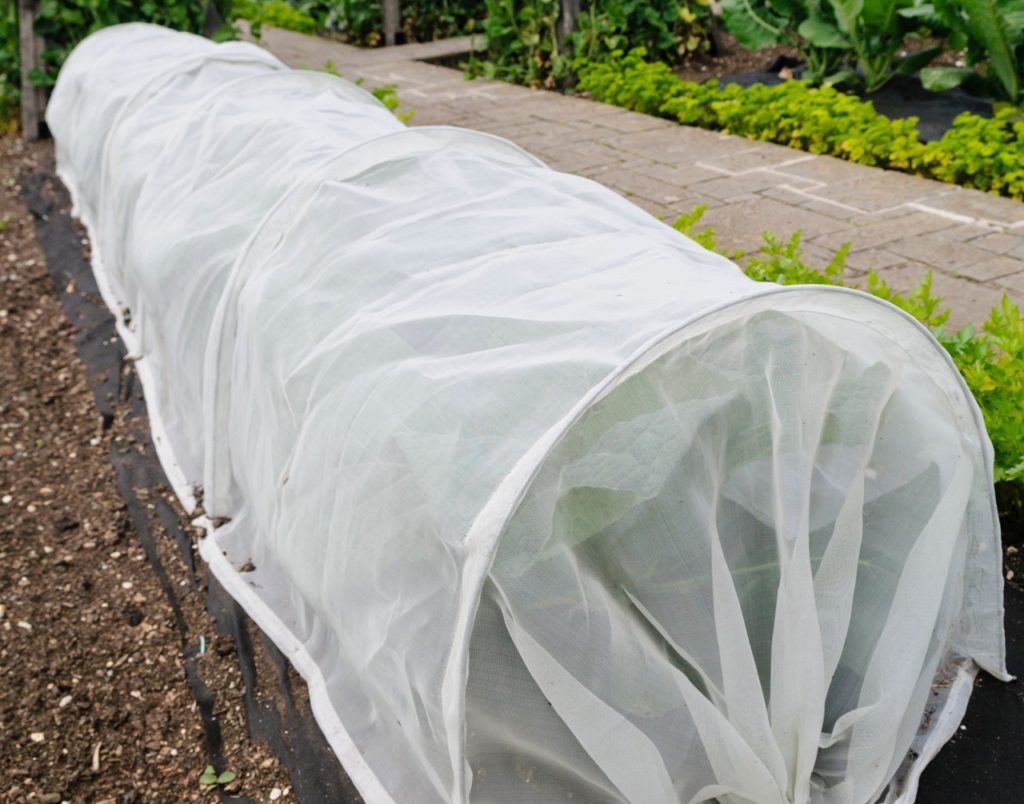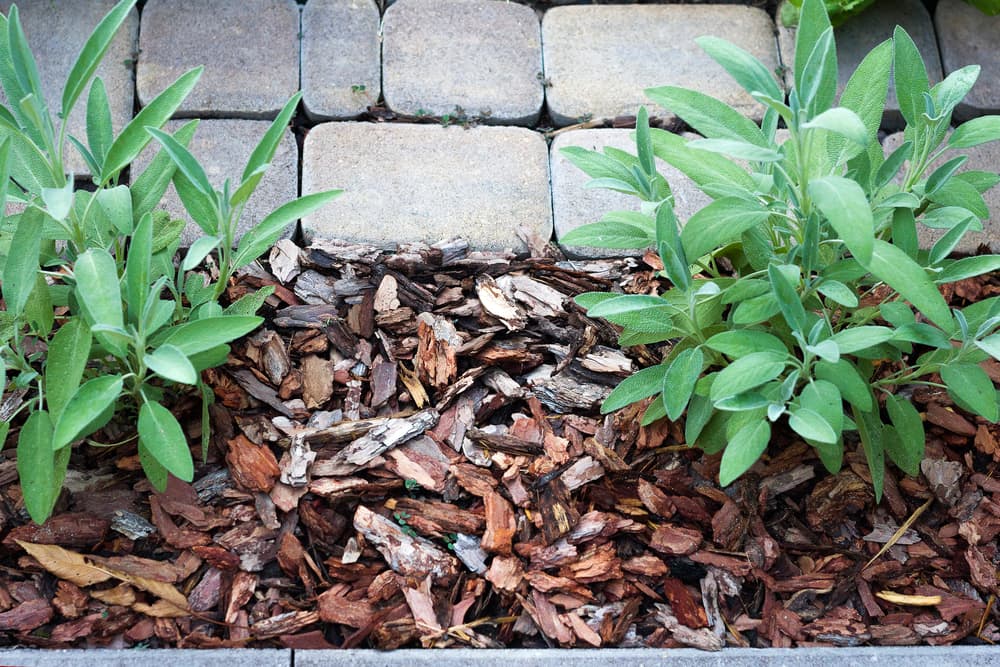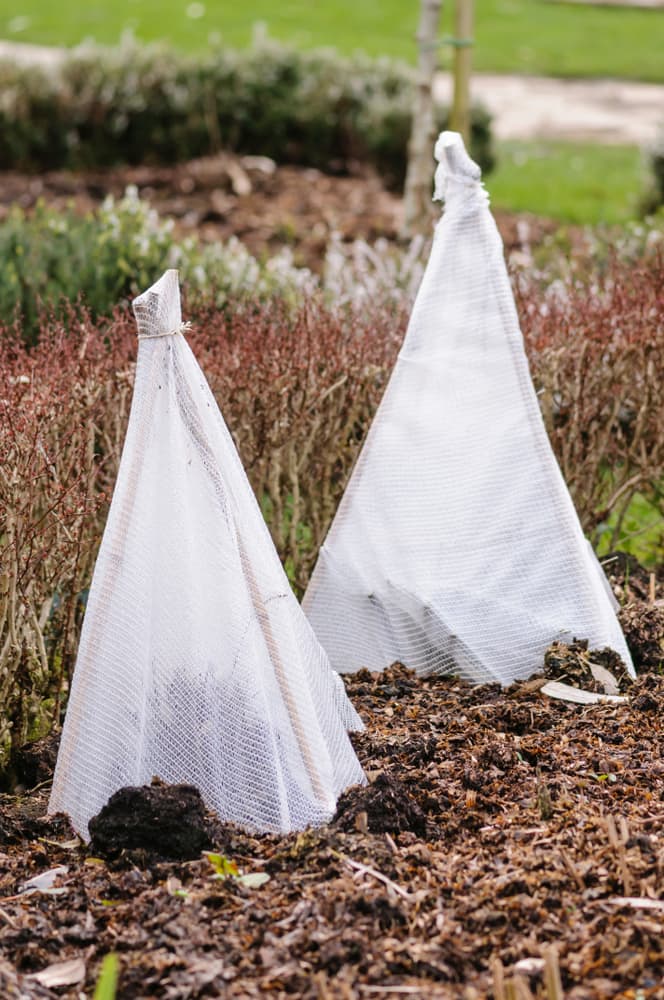Remember Large Leaf Salvias Are Typically Frost Tender – Overwintering Is Important

SHRUBS > SALVIA > OVERWINTERING
Reviewed By COLIN SKELLY

Colin is a Horticulturist and Horticultural Consultant with experience in a range of practical and managerial roles across heritage, commercial and public horticulture. He holds the Royal Horticultural Society’s Master of Horticulture award and has a particular interest in horticultural ecology and naturalistic planting for habitat and climate resilience.
Contributions From LYNDI GARNETT

Lyndi was one of the founding members of the Victorian Salvia Study Group when it was set up around 20 years ago, after previously being a member of the Victorian Herb Society. She now works as Coordinator for the study group - a role she has held since 2013. Previously, Lyndi also worked as a Landscape Designer.

Lachlan Rae is a Horticultural Consultant and Garden Designer who runs his own Garden Management company. He has appeared as a judge on the TV show Garden of the Year on More4 and was awarded The Young Horticulturist of the Year award in 2017 by the Chartered Institute of Horticulture. Lachlan trained in Botanical Horticulture at the Royal Botanic Garden in Edinburgh.
IN THIS GUIDE
How do you care for salvia plants in winter?
Well, salvia species and their derivative cultivars range all the way from super-hardy varieties rated to H7 all the way down to H2 varieties that may not survive temperatures even close to 0°C.
“The only thing that lets the salvias down is that they are not reliably hardy across most of the UK,” shares Lachlan Rae, a Garden Designer.
“Still, I wouldn’t be without them. I think they are fantastic and there are so many brilliant late-flowering varieties.”
So the question for UK gardeners really is, should you care for your Salvia plant in winter?
If your variety has a hardiness rating of H5 or above, you and your salvia plant are all set for winter, then you’ll need to do nothing except protect the plant from northern exposure.
But if your salvia variety is rated H4 or lower, you will need to take progressively more winter care of the plant the less hardy it is, and even more so if you live in the country’s colder regions.
“Remember, all large leaf Salvias are frost tender,” warns salvia expert Lyndi Garnett, Coordinator of the Victorian Salvia Study Group.
“In cold areas, keep these varieties in a glasshouse away from cold and frost.”
Depending on your needs, you can protect your salvia plants during winter by taking these measures:
- Bring container-grown salvias indoors.
- Protect outdoor varieties from the wind and rain.
- Retain the plant’s foliage through winter and lay some mulch.
- Use a horticultural fleece if required.
My four key measures are explained in more depth below.
1) Bring Potted Plants Indoors

Before the anticipated first frost of the season, bring your potted salvia indoors or, better yet, put it in a greenhouse if you have one.
The indoor temperature should remain above the minimum necessary for the variety in question, so before you put a plant in a cold shed, check on its hardiness rating to see if it will survive the anticipated temperature lows in the shed.
The vast majority of salvia varieties should receive several hours of direct sunlight per day, so site the container accordingly.
“As well as protecting Salvias over the winter, I take cuttings semi-hardwood cuttings in late summer to ensure that I have backups should the winter weather do its worst,” shares Horticultural Consultant Colin Skelly.
“You can also divide clumping Salvias to keep under cover to ensure some small pots of ‘insurance’ plants.”
2) Protect From Wind & Rain

Evergreen salvias that are in the open ground and which are hardy enough to survive the winter should be protected from north winds, so screen them appropriately.
They should not stay in the cold, wet ground for a prolonged period or even for a few days in winter.
Therefore, if you have a thunderstorm, sleet, or snow, be sure to check on the ground.
If the soil is waterlogged, you will need to drain away the wet if you want to save your plant.
It would be wise pre-emptively to cover the ground with a sheet of plastic or tarp if you anticipate wet weather in the winter.
3) Lay Mulch

Deciduous salvias that are in open ground and which are hardy enough to survive the winter should be allowed to retain their withered foliage as, to some extent, this will shield the plant from frost and cold.
Foliage can be pruned after the last frost of spring.
Before the first frost of autumn or winter, apply a 6-8cm layer of mulch made of pine needles and bark, or organic compost.
Mulch will protect the plant from frost and wetness.
4) Use A Horticultural Fleece

Before you anticipate severe cold weather, protect open-ground salvias with a horticultural fleece.
The horticultural fleece should cover the main stem and the crown rather than the entire plant.
If you cover much of the foliage (as in the image shown above) remember to remove the fleece for several hours during the height of the day and then replace it in the late afternoon.

